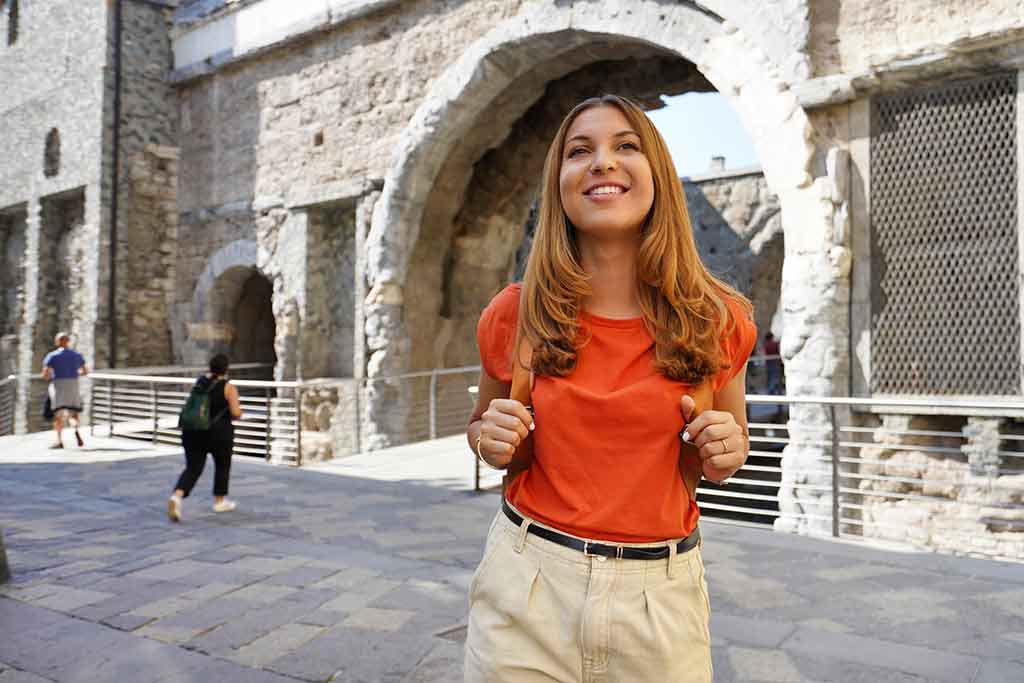Welcome
to Aosta Italy. If you’are planning to visit Aosta for your next trip and you are
looking for the best places to visit, here you’ll find tips and suggestions of most
popular point of interest and activities not to be missed in Aosta and surrounding.
Travelers will appreciate this italian town with
his rich historical and artistic heritage, local culture and environment. Discover the monuments, buildings, natural
treasures and all the details that characterize Aosta and its territory. Share and suggest a place you've
visited.

Arco
I decide to visit Aosta and to reach it I use the car. However, I must point out that Aosta is easily accessible by train, in fact, the station is located a few hundred meters from Piazza Emilio Chanoux, from which you can reach the main tourist attractions within a few minutes walk.
Arrival on a cool and sunny spring morning and just past the bridge over the Buthier stream, the majestic Arch of Augustus welcomes us, raised for commemorating Emperor Augustus. It was an eloquent sign of the presence and power of Rome that in 25 BC had definitively defeated the people of the Salassi and founded the new colony.
After parking the car near the train station, I start to the great main square of Aosta, Piazza Chanoux, where I make a hearty breakfast at Caffè Nazionale, a local historian born in the 19th century. The square is majestic with its 4 sides, palaces of great value, such as the nineteenth-century palace of the town hall and the eighteenth-century palace that today houses the Hôtel des Etats< ; /strong>.
Continuing my walk in the direction of the Forensic Cryptoportico, I enter via Edouard Aubert where I admire the beautiful façade in trompe-l'oleil of the Church of Santa Croce. I then reach the Cryptoportico, a monument from Roman times that is assumed to be used as a barn, where I visit the suggestive galleries with vaults supported by imposing pillars.
The Cathedral of Aosta that follows, has an artistic heritage of great interest such as a cycle of frescoes from the eleventh century, the two mosaics of the twelfth century and the great crucifix in wood from 1397. Then through Porta Praetoria, built in 25 BC as an eastern entrance to the city and I head towards the archaeological excavations of the Roman Theatre and the Amphitheater, very suggestive visit.
I end my visit to this city famous for its nature and wonderful in its artistic testimony with the Collegiate Church of Sant'Orso which, with its enormous heritage of artistic works, constitutes, together with the cathedral the most important sacred testimony of the whole Val D'Aosta region.
written by Lisabeth Evans - Last update: 05/10/2021
This guide has been translated automatically through a third party service. Visititaly offers these automatic translations to help site visitors, however the automatic translations may contain inaccuracies, errors or inaccuracies. You can contact us to report inaccuracies or errors and we will check the translation.